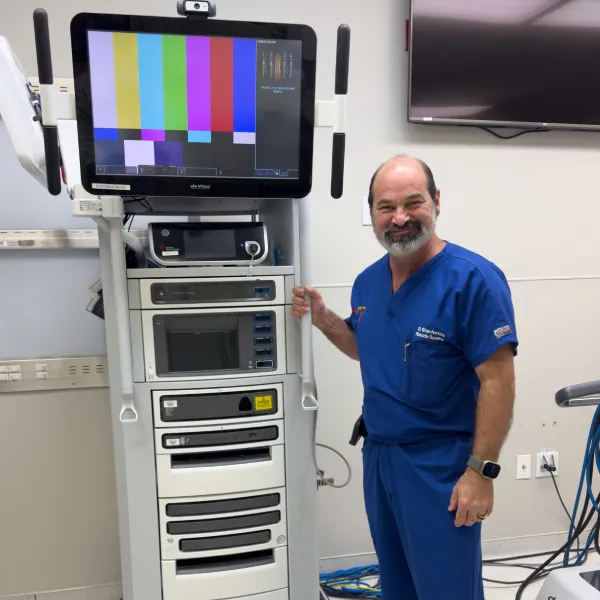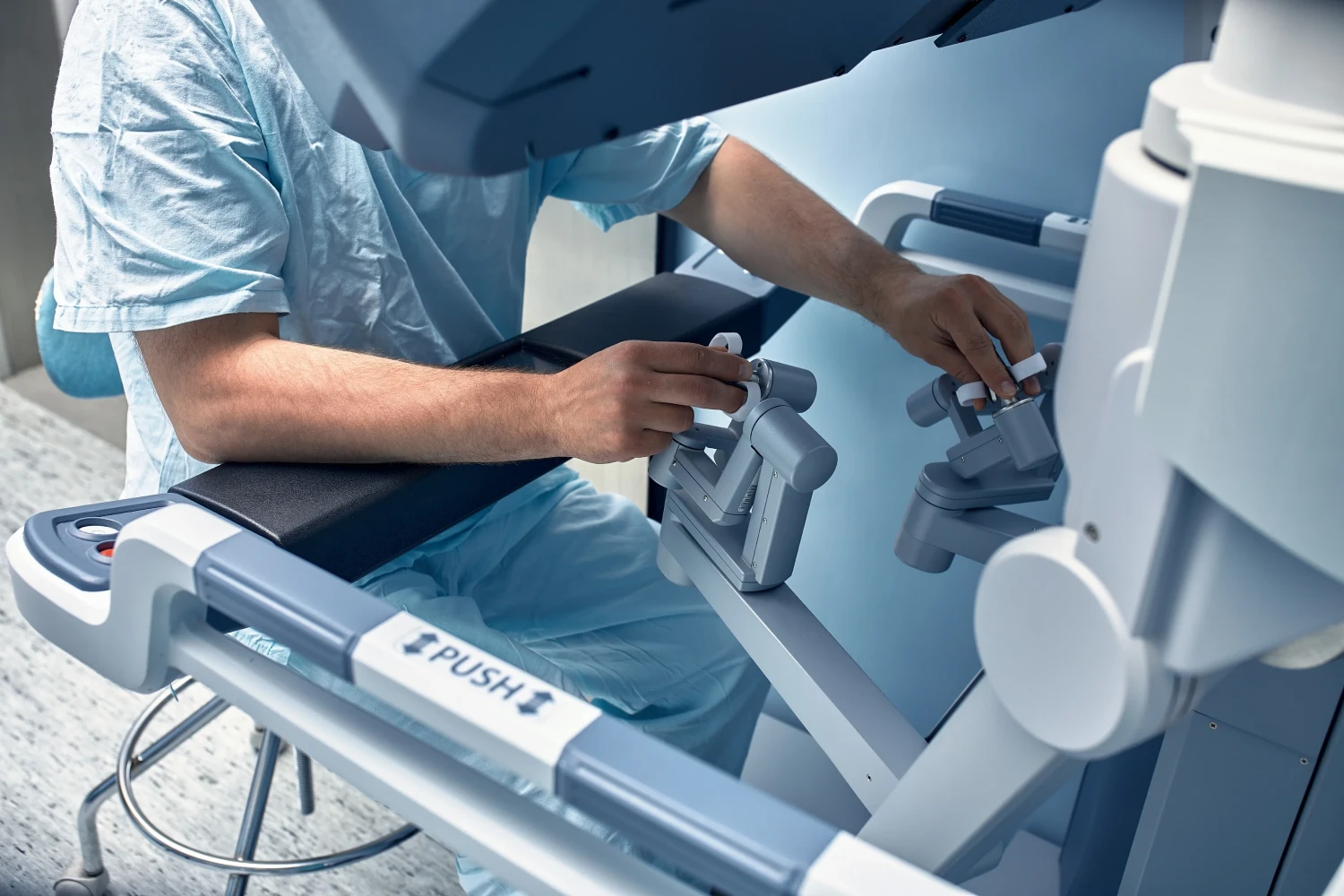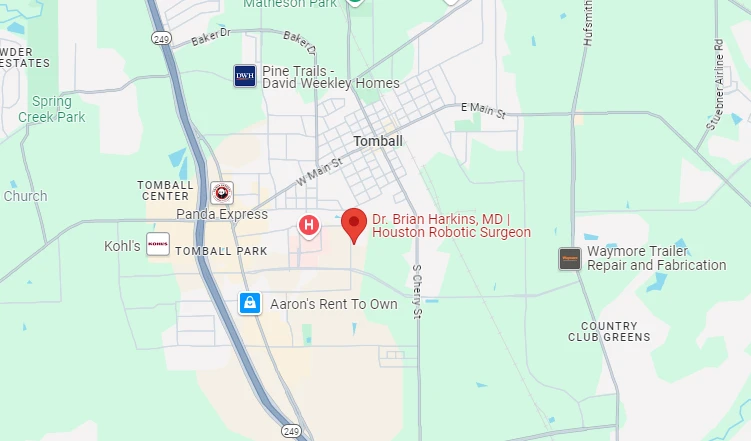
When an inguinal hernia flares up in the vibrant groin area, the bustling energy of Houston can tempt you into risky habits. Hernias in adults form when tissue protrudes through a weak spot in the abdominal muscles, creating a noticeable bulge in your groin or even the scrotum. Until you undergo the correct type of hernia treatment—whether open surgery, laparoscopic hernia repair, or robotic hernia repair—certain moves, meals, and mindsets can make the defect worse or, worse yet, lead to a strangulated hernia. Below is a comprehensive Houston-specific guide on what to avoid, why it matters, and how to protect that weakened area of your abdominal wall.
Each cough, lift, or quick twist pressurizes the abdominal cavity. If tissue protrudes through the inguinal canal, those pressure spikes can force a larger portion of the bowel, or even part of your small intestine, through the defect. Left untreated, the hernia may become an incarcerated hernia, trapping tissue and risking life-threatening strangulation.
When tissue protrudes through a weak spot—whether congenital or caused by gradually weakened connective tissue—only a thin layer of fascia shields the intestine from the outside world. Repeated pressure surges widen the gap, enlarging the bulge and increasing the odds that the protruding intestine will become trapped.
Once the opening tightens around the protruded bowel, blood supply can shut off, leading to a life-threatening emergency. Quick access to Houston Methodist, Memorial Hermann, or Ben Taub Hospital is critical if you suspect strangulation.
Houston’s sizzling summers lure people indoors to air-conditioned gyms. Unfortunately, many popular routines are hernia antagonists. Understanding each type of hernia stressor helps you modify your workout while awaiting effective treatment options.
| Activity Type | Common Examples | Pressure Spike | Safer Swap |
|---|---|---|---|
| Heavy Lifting | Deadlifts, moving furniture, lifting toddlers | Very High | Use dollies, ask for help, or split loads |
| High-Impact Sports | Basketball, pickleball, soccer | High | Stationary cycling, elliptical workouts |
| Explosive Core Moves | Sit-ups, battle-rope slams | High | Forearm plank or diaphragmatic breathing |
| Chronic Strain Actions | Constipation, prolonged coughing | Moderate-High | High-fiber diet, cough suppressant, hydration |
| Sudden Twists | Golf drives, tennis serves | Moderate-High | Gentle yoga or tai chi rotations |
Even lugging a 40-pound dog into your SUV can create a Valsalva maneuver—an internal push that balloons the hernia sac. If lifting is unavoidable, bend your knees, keep the load close to either side of your pubic bone, and consider a supportive truss.
Hard-court landings send shock waves through the muscle of the abdomen. Frequent impact can worsen a groin hernia or femoral hernia. Until repair, opt for swimming at LA Fitness or biking Memorial Park’s trails.
Houston pollen can spark coughing fits that magnify intra-abdominal pressure. Quitting smoking and treating allergies help prevent a small hernia from turning into an incarcerated hernia that might require require emergency surgery.
Not every hazard is athletic. Food choices, nicotine, and excess weight silently aggravate the weakened area inside the abdomen just as surely as a max-effort squat.
Nicotine weakens collagen, fuels chronic cough, and can cause pain in the affected area. Houston’s UTHealth cessation clinics offer counseling and medication for people eager to protect both lung capacity and their abdominal wall hernias.
Every added pound increases downward force on the weak spot in the abdominal wall. A modest 10-pound weight loss can noticeably ease groin pain and reduce the size of the bulge.
“Rest” doesn’t mean couch lock. Maintaining cardiovascular fitness helps post-operative recovery, especially after minimally invasive surgery like laparoscopic or robotic hernia repair.
Beginner yoga classes in Montrose emphasize alignment and exclude intense twists. Always inform the instructor that an inguinal hernia occurs on your right or left side so they can recommend safer modifications.
Living near the world’s largest medical complex is a gift—use it. Some symptoms demand a prompt trip to the ER, while others simply indicate you should schedule a consultation for inguinal hernia repair.
If any sign develops, seek medical attention at Houston Methodist ER or Ben Taub Hospital where on-call general surgeons can perform emergency hernia surgery.
Look for a board-certified general surgeon specializing in laparoscopic surgery, robotic techniques, and common surgical approaches for both direct and indirect inguinal hernia. Many practice in the Texas Medical Center, Sugar Land, or The Woodlands.
After any surgical procedure—whether open, laparoscopic, or robotic—the first 4–6 weeks determine mesh integration and scar strength. Respect these guidelines to avoid recurrence.
Your surgeon will likely cap you at 10–15 pounds for two weeks, gradually increasing thereafter.
No sit-ups, leg lifts, or heavy twists until cleared. Walking is encouraged; jogging returns at 4–6 weeks.
Brace your abdomen with a pillow when sneezing and avoid smoky venues along Washington Avenue to protect the healing abdominal muscles.
Large portions bloat the gut; alcohol thins blood and can slow healing. Hydrate well and focus on lean proteins.
Houston traffic is no excuse. Telehealth check-ins can substitute if you’re stuck on I-610, but don’t skip them.
Ignoring a hernia isn’t bravery—it’s gambling with life-threatening strangulation and potential bowel loss. Skip heavy lifting, high-impact sports, and smoking until a qualified Houston surgeon performs the appropriate hernia repair surgeries. Embrace low-stress activities, high-fiber foods, and a supportive truss to stay as comfortable as possible. Ready to reclaim your active lifestyle? Consult a Houston hernia specialist and map your safest path forward today.
A small hernia may remain stable for months, but it rarely heals completely because the weakened abdominal wall cannot regenerate new connective tissue strong enough to close the defect. Watchful waiting is sometimes acceptable; nevertheless, most surgeons eventually recommend surgery to avoid incarceration or strangulation.
An indirect inguinal hernia follows the pathway of the spermatic cord and can extend into the scrotum, while a direct hernia pushes directly through the abdominal wall near the side of your pubic bone. Both may cause a bulge in your groin, yet treatment strategies are similar.
A femoral hernia protrudes through the femoral canal and resides slightly lower in the groin compared to an inguinal hernia. Because femoral hernias incarcerate more easily, surgeons often recommend quicker repair, typically using laparoscopic or open techniques similar to inguinal repairs.
While a truss or hernia belt can temporarily keep the bulge inside the abdomen and lessen discomfort during daily tasks, it does not fix the weakened area. Prolonged use can even weaken muscles further. Surgeons view it as a short-term bridge to planned hernia surgery.
Using a video camera and small incisions, laparoscopic surgery typically results in less postoperative pain, a faster return to work, and lower infection rates compared to traditional open repair. It is especially helpful for bilateral or recurrent hernias but requires general anesthesia and specialized training.
Light walking is encouraged within 24 hours to improve circulation, but heavy lifting and core-intensive workouts are restricted for at least four weeks. Your surgeon will advance you from low-impact cardio to strength training once the mesh fully integrates with surrounding tissue.
Warning signs include sudden severe groin pain, a bulge that turns dark or doesn’t reduce, fever, and vomiting. These symptoms indicate compromised blood flow to the tissue, requiring immediate ER evaluation to prevent tissue death and potential bowel resection.
Most health insurance plans treat inguinal hernia repair as a medically necessary procedure, especially if the hernia causes pain or risk of strangulation. Coverage varies by plan, so verify deductibles, copays, and whether robotic or laparoscopic approaches are included.
Excess body weight increases intra-abdominal pressure, pushing tissue against weak spots. Losing even 10–15 pounds reduces force on the abdominal wall, decreasing discomfort and possibly shrinking the hernia’s visible bulge, although it will not fully close the defect.
Robotic hernia repair builds on laparoscopic principles, using wristed instruments for precise suturing and mesh placement. Benefits include enhanced visualization and ergonomics for the surgeon, potentially shorter anesthesia time, and comparable or slightly quicker recovery for the patient.




Dr. Brian Harkins is a renowned surgeon specializing in advanced, minimally invasive, and robotic surgical techniques. With a dedication to innovation and personalized patient care, he has transformed countless lives by delivering exceptional outcomes.

I want a website like this, where do i start?